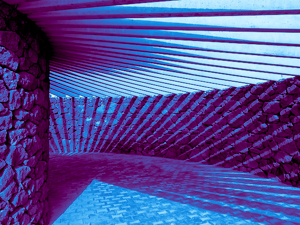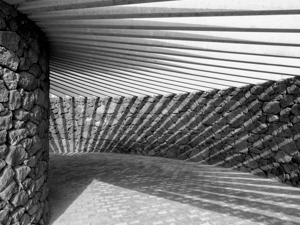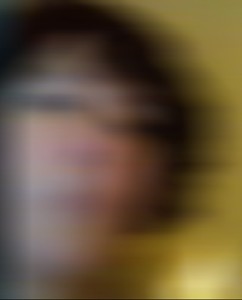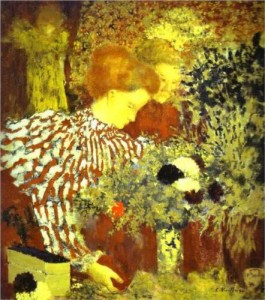Q: Do vAsanA-s belong to the causal body or the subtle body?
In the subtle body camp I got a response from one of Swami Dayananda’s senior students saying that the causal body is pure ignorance with no attributes and that vAsanA-s “definitely belong to the subtle body”. In addition, from my own quick review of some of Shankara’s basic works I can find no passage that says the causal body is anything but “avidyA” and find no mention of the term “ vAsanA-s ” anywhere.
In the causal body camp I have James Schwartz and multiple pieces of Chinmayananda literature. In fact I have seen them equate vAsanA-s to avidyA by pointing out that avidyA and vAsanA-s are both caused by the guNa-s.
Can you help with this one? What is going on here? Btw, as an interesting side note, in Swami Dayananda’s extensive Gita course-books the word “ vAsanA-s ” does not appear once.
Answers from Ramesam, Ted, Martin and Dennis. Continue reading









